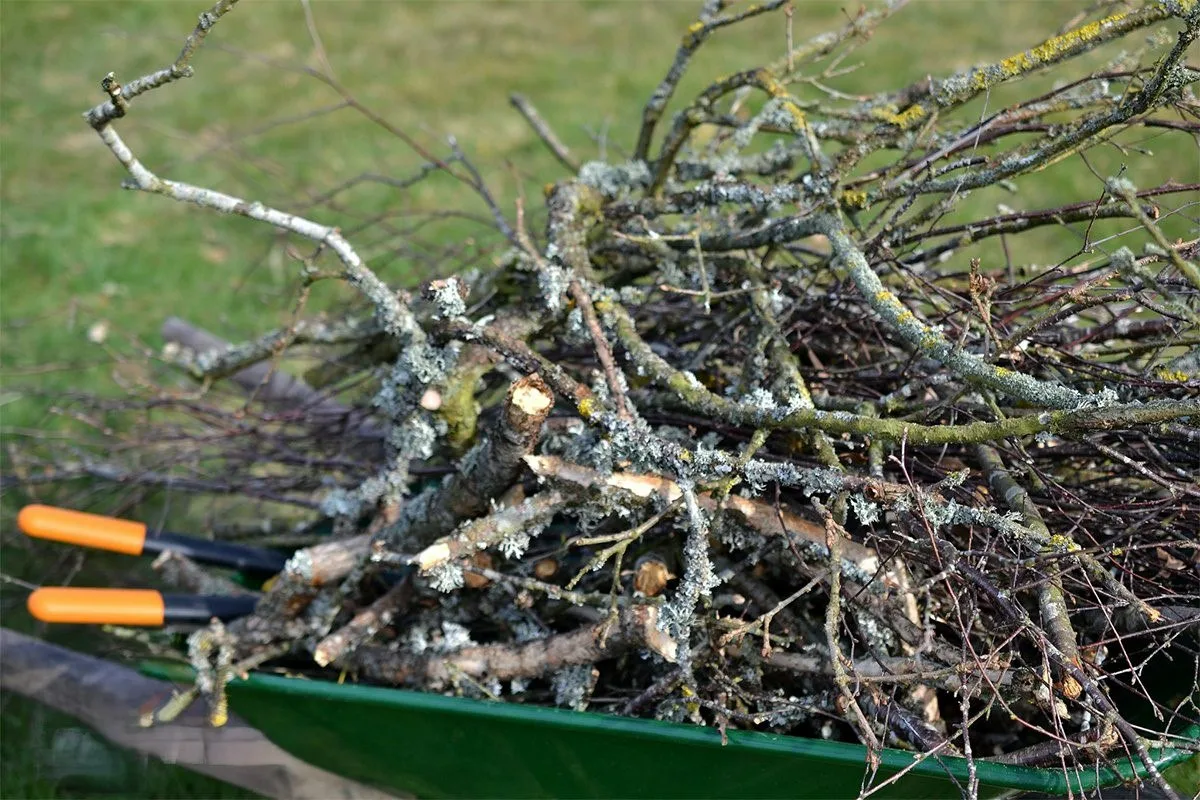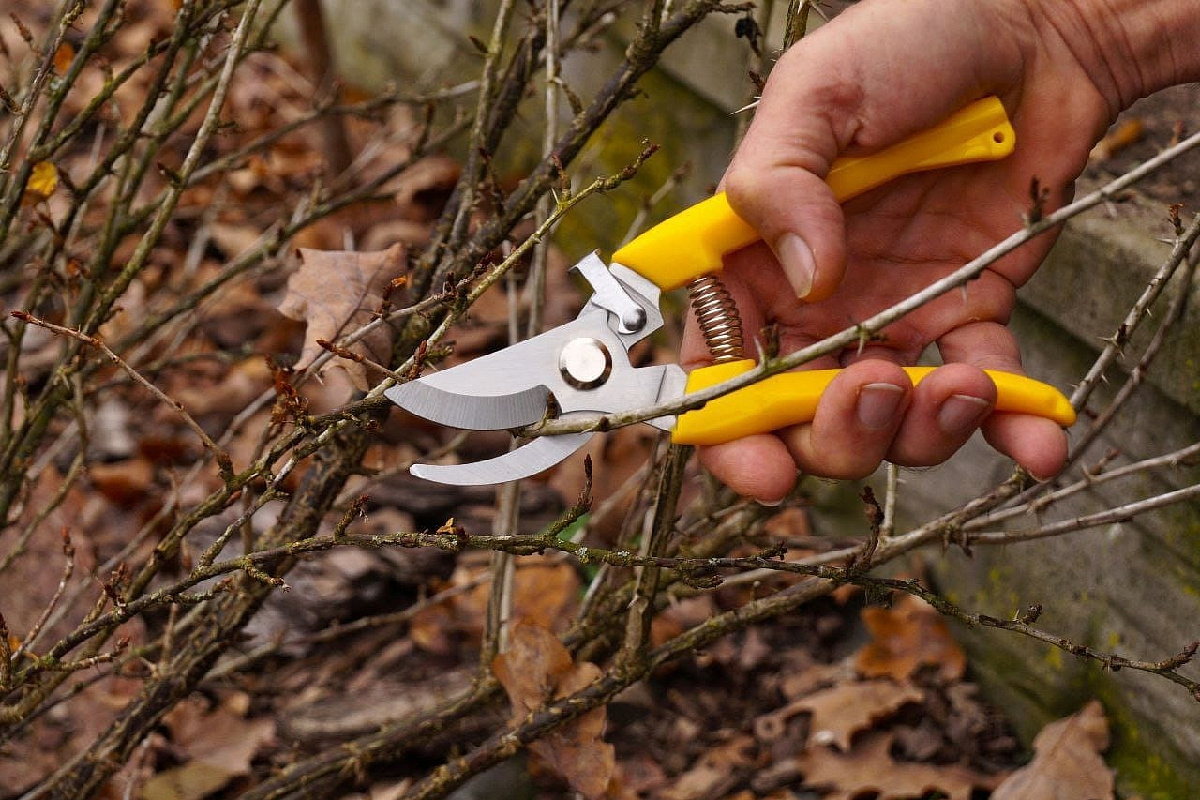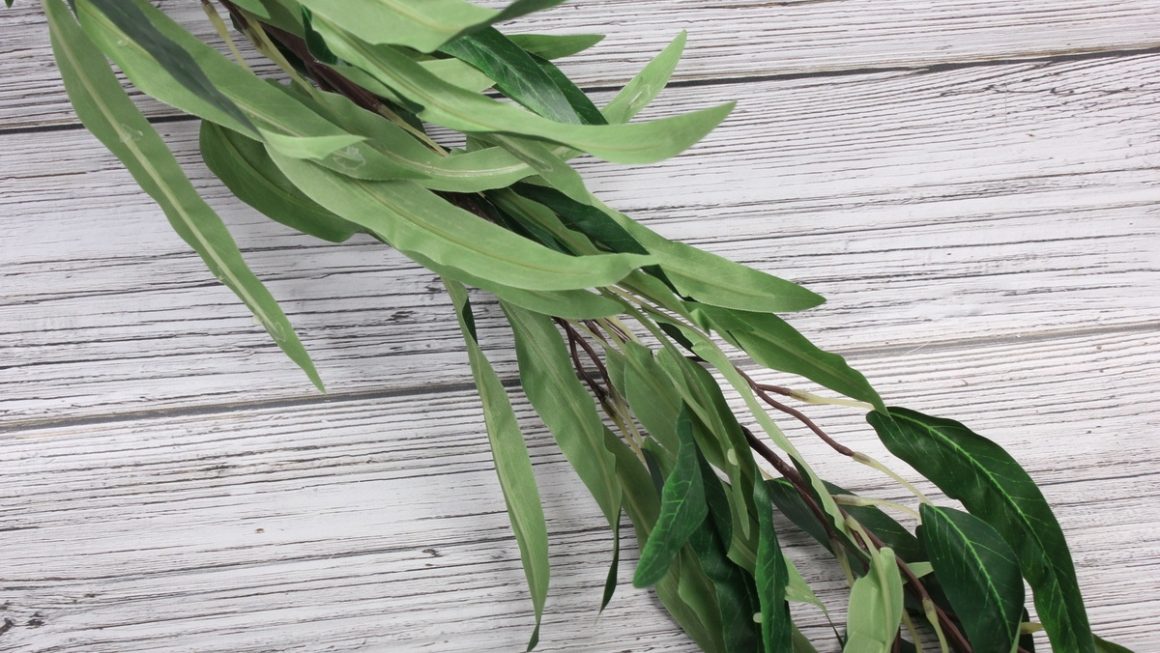Before the frost sets in, pruning certain deciduous trees not only preserves their health, but also ensures they will flourish in the spring. Find out which trees you absolutely must prune in autumn to get through the winter unscathed.
Autumn, with its flamboyant colours and cooler air, marks the end of the growing season. It is also a key period for gardeners: a time when nature slows down and trees and shrubs prepare to face the cold. But be careful: not all trees react the same way to pruning.
1. Why prune trees in autumn?
Pruning, often confused with tree trimming, mainly concerns tall trees. Pruning is not simply an aesthetic gesture: it is essential for the health of the plant. During autumn, the rise of sap slows down: trees enter a state of dormancy, which considerably reduces the risk of bleeding (sap flow) and facilitates healing.
Pruning at this time of year has several advantages:
Preparing the tree for winter: a well-maintained tree is more resistant to frost, wind and snow.
Preventing disease and pests: by removing dead wood, you limit the spread of fungi and other winter infections.
Promoting regrowth: light penetrates better, the branches breathe, and spring growth is more vigorous.
Ensuring safety: Weakened branches can fall under the weight of snow or during autumn storms.
Pruning is therefore a preventive and balancing measure that aims to lighten the tree without traumatising it.
2. How to prune properly without weakening your trees
Pruning involves removing branches, which is always a decision that must be carefully considered. Pruning too much can unbalance the tree, expose it to frost or even slow its growth. In autumn, pruning should be gentle and strategic. Avoid drastic cuts, especially on sensitive species such as walnut or cherry trees. For this type of maintenance pruning, use sharp secateurs or a saw to make clean cuts without tearing.
Remember to disinfect your tools before each tree to prevent the spread of disease. Finally, choose dry, frost-free days: humidity slows down healing. The idea is not to reshape the tree, but to support its natural structure, remove anything that is hindering it, and ensure its good health before the cold weather sets in.
3. Trees that absolutely must be pruned in autumn
Here is a list of species that benefit most frompruning in autumn to promote growth and maintain health.
Birch: prevent spring sap rise
Birch trees are among the most delicate trees to maintain. Their sap is very fluid and flows easily as soon as the weather starts to warm up in spring. Pruning too late causes the famous ‘bleeding’ that exhausts the tree. Autumn is therefore the perfect time to prune, between the end of summer and the complete fall of the leaves.
Remove dead or poorly oriented branches, lighten the foliage without touching the main structure. A gentle cut is sufficient: the aim is to maintain the elegant shape of the birch while avoiding winter infections.

Maple: gentle pruning before the frosts
Maple trees are also sensitive to sap flow. In autumn, when their growth slows down, you can prune them without risk.
Remove broken twigs, crossing branches and those that clutter the centre of the canopy. Avoid heavy pruning, which could weaken the tree or alter its natural shape. Light pruning to improve air circulation promotes air flow and disease resistance. If possible, prune just before the first frosts to allow for proper healing.
Poplar: monitoring the stability of a giant
The poplar is a vigorous tree that becomes fragile with age. Its branches break easily in the wind or under snow. Late summer and early autumn are the best times to prune: the sap has descended and the risk of ‘weeping’ is limited.
Remove dead or dangerous branches and thin out areas that are too dense to prevent imbalance. Regular pruning every 2 to 3 years helps maintain stability and prolong life, while making the surrounding area safer.
Walnut trees: prune immediately after harvesting
Walnut trees do not tolerate frequent pruning or severe cuts. Its wood heals slowly and reacts poorly to deep wounds. Therefore, be sure to prune lightly, just after the walnut harvest in October, when the sap is flowing down. Remove only dead or diseased wood, and avoid cutting large branches.
Pruning wisely protects the walnut tree from infection and preserves its future production.
Stone fruit trees: light pruning for better fruiting
Apricot, peach, plum or cherry trees… Stone fruit trees benefit from very light pruning in early autumn. This period makes it easy to spot diseased wood and remove it before winter. The aim is to aerate the centre of the tree. To do this, remove dead or weak branches. This helps to limit the spread of fungi.
Please note: the cherry tree is an exception. It is very sensitive to pruning and should be pruned with extreme caution. Simply remove dead wood to prevent gummosis (the appearance of gum on the trunks and branches).
Proper pruning in autumn prepares these fruit trees for better fruiting the following spring.
Pruning in autumn means giving your trees intelligent care that respects their natural cycle. Birch, maple, poplar, walnut or stone fruit trees: each reacts differently, but all benefit from light pruning before the cold weather sets in.




